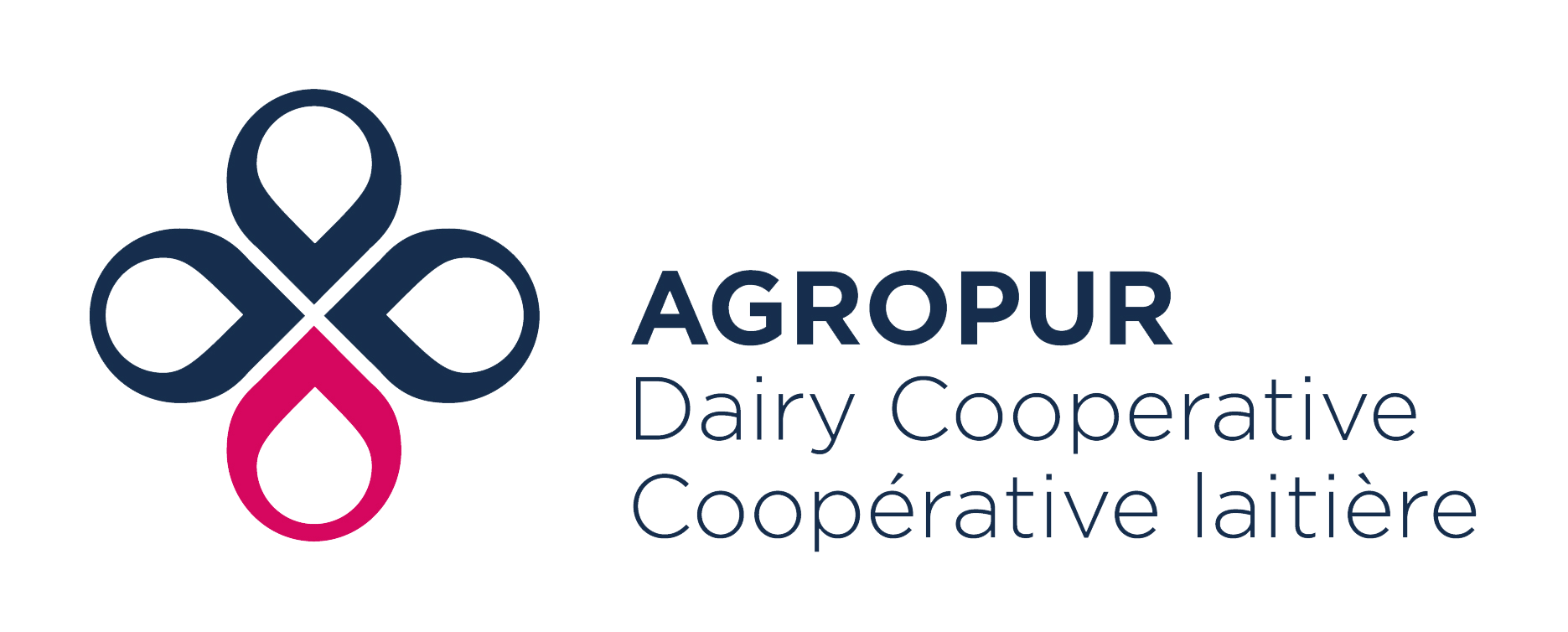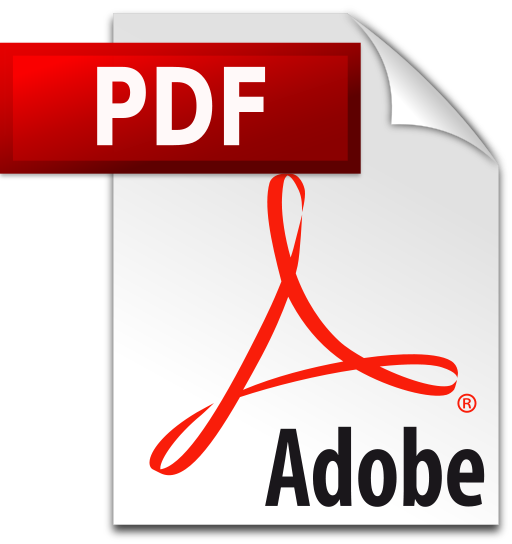NFACC Information Update: February 2018
In this issue:
- NFACC welcomes new Associate Member: Agropur
- Managing the complexity of a transportation Code update
- The people behind the public comment period
- Upcoming events

NFACC WELCOMES NEW ASSOCIATE MEMBER: AGROPUR
NFACC is pleased to welcome Agropur as new Associate Members.
“Agropur and its dairy-producer-members believe that the dairy industry’s prosperity and viability depend on the daily care and attention received by each animal on the farm. Dairy producers know that their animals are the source of their success. They work with the animals daily and care about their health and welfare. We are proud to join NFACC, to be involved in various animal welfare initiatives and to have a voice around the table. Agropur believes in the power of collaboration and is invested in promoting high standards of animal care.” - Simon Robert: Director, Member Relations
THE PEOPLE BEHIND THE PUBLIC COMMENT PERIOD*
Ever wonder if all the feedback received on a draft Code during the public comment period actually gets read, by who, and does it make a difference? Watch our short video here. It showcases the special people that collate each and every comment received, featuring their answers on:
- What are the notions behind the public comment period?
- What happens once you hit ‘send’ to provide your feedback?
- Do your comments make a difference?
- How can you make sure your comments are heard?
- Why is the public comment period so important?
Visit NFACC’s You Tube channel at www.youtube.com/c/NFACCcanada for more videos on NFACC and the Code development process.
NFACC has also undertaken a review of the Public Comment Period [PCP] process. The purpose of the review is to ensure the transparency, and hence, legitimacy of the PCP process as it relates to public input (e.g., the fate of submissions provided during PCPs, the management of submitted comments, the relative weight given to public submissions and the plausibility of public submissions resulting in amendments to draft Codes). The final report will be available soon.
MANAGING THE COMPLEXITY OF A TRANSPORTATION CODE UPDATE - REPORT*
Updating the transportation Code will be a very complex endeavor. Farm animal transportation encompasses several types of livestock and poultry, along with a myriad of stakeholder groups. This Code will cover the transportation of every farmed animal with an existing on-farm Code of Practice (14) and serve as an important complementary tool for regulations on humane transport. Given its complexity, establishing the Code’s scope, structure, format, and development process was an important prerequisite exercise. Consultations were undertaken and a report developed to answer several questions, including:
- What should be the scope of the transportation Code? For example, are auction markets and other intermediary points included?
- What should be the structure and layout of the transportation Code? Should there be two Codes distinguished by the way animals are transported (i.e., walk on to the truck versus being carried in containers)? Spoiler alert – a modular approach with one Code was seen as the preferred option.
- What should the Code Development process look like? While the core principles of Code development will be maintained, the transportation Code offers unique challenges given the sheer number of stakeholder groups that need to be involved.
This eleven-page report is available here. The framework outlined in the report will guide the development process for an eventual transportation Code update.
UPCOMING EVENTS
Visit www.nfacc.ca for more information and links.
If you have an animal welfare event that you would like us to feature, please email Mikki (mikki@nfacc.ca).
*A project made possible through the AgriMarketing Program under Growing Forward 2, a federal–provincial–territorial initiative.

